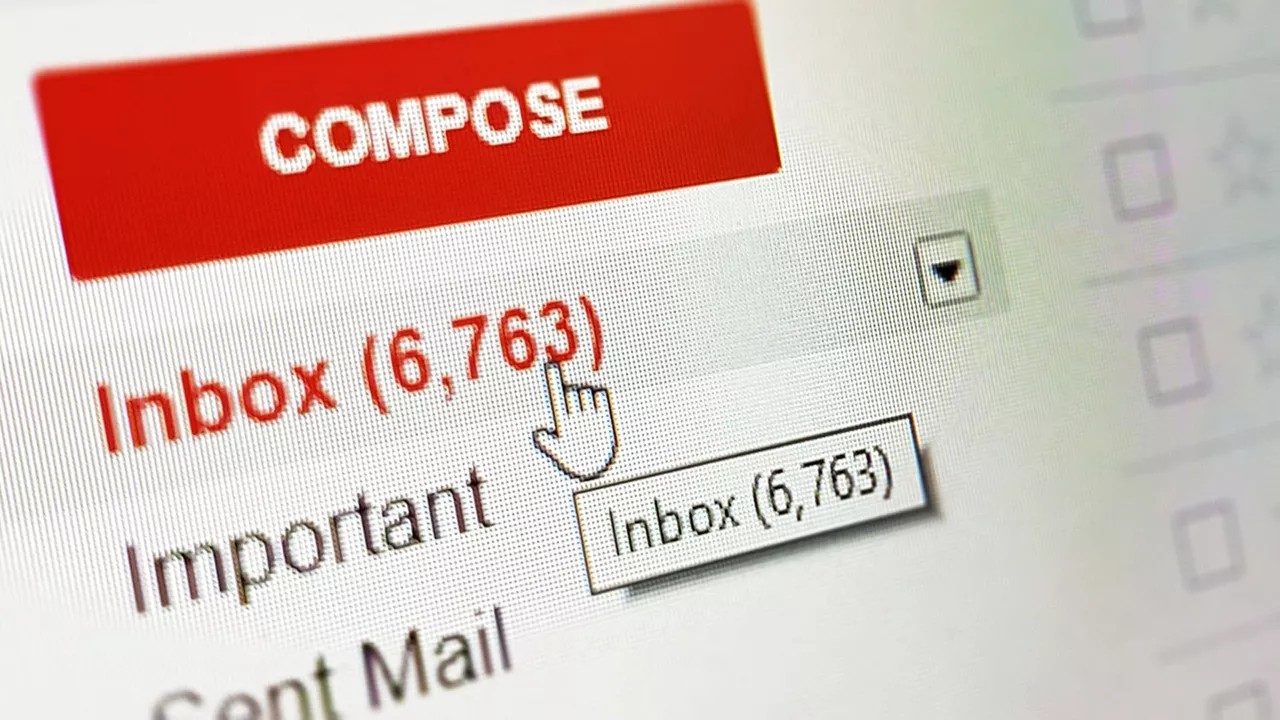
There’s nothing worse than reaching into your inbox and seeing a dozen emails from companies you’ve never heard of. It’s no wonder that so many people are hesitant to sign up for email lists, even if they might be interested in a company’s products or services. But how often should you send email marketing messages? And how much is too much?
Here we’ll break down the different types of email frequencies so you can determine what works best for your business!
How often should you email your list?
There is no single answer to this question. It depends on your industry, your audience, your goals and the type of list you have. If you’re trying to generate sales for example, then a daily email will work much better than one every month because people are more likely to make a purchase if they see something in their inbox every day instead of once a month.
If you’re focusing on building trust or authority with your audience then sending an email once a week may be more appropriate since it gives them time to digest the message before receiving another one.
It also depends on how many emails are being sent out per day by other companies (examples: newsletters from companies like Buzzfeed), which can affect how often people open their inboxes and whether they feel overwhelmed by the number of emails they receive each day/week etcetera). This might mean that sending three emails per week is best even though one would be enough! All businesses should consider what competitors are doing before deciding how often should we send our own e-newsletter?
The Golden Rule of email marketing frequency
The golden rule of email marketing frequency is to send emails when the subscriber is most likely to open them.
To do that, you need to know what time of day your subscribers are most likely to open their emails and what days they are more likely to do so. This will vary from industry-to-industry, so we recommend using Google Analytics or other analytics tools with your email software (like MailChimp) in order to find out when your subscribers are reading their messages.
Increasing your email marketing frequency
There are numerous ways to increase your email frequency, but it’s important to consider the following factors:
- If your list is growing—grow with it! It makes sense to increase your frequency when you have more people who would be interested in hearing from you.
- If your list is engaged—make sure they know they can always reach out and ask questions or provide feedback on what they want to see in your emails. This will create a dialogue between you and them, increasing engagement while also helping inform future emails.
- Is there a new product/service? Email marketing is a great way to introduce yourself, as long as the content doesn’t come off as overly salesy or promotional (which could turn off some of your subscribers). Remember that for every subscriber added, it costs money; if there isn’t enough interest in what’s being offered then perhaps try something else instead before ending up wasting money on an ineffective campaign–or worse yet–alienating current subscribers who may not be happy about receiving too many emails from unknown sources.
Cutting down on your email marketing
If you want to cut down on the number of emails you’re sending, there are some things that can help.
First, consider reducing the frequency at which you send out your emails. If your subscribers are receiving too many emails from you, it might be time for them to unsubscribe or start ignoring them altogether. This will cause a decrease in the number of people who click through to your website and make purchases. If you have an interesting product or service, then this could hurt your sales significantly! It’s important that email marketing remains useful for both parties – so if one person is feeling overwhelmed by all these messages from you (or any other organisation), make sure that there are ways for them to communicate with their concerns before they give up on reading further updates from entrepreneurs like yourself!
You don’t have to feel guilty about sending too many emails as long as they add value to your subscribers’ lives
If you’re concerned about sending too many emails, don’t be! Your subscribers will only unsubscribe if they don’t find value in your content.
You can’t please everybody – but that doesn’t mean you should give up trying to make your content better than the rest. In fact, thinking about what makes other people’s content so successful can help you improve yours even more!
If a subscriber finds his or her inbox flooded with too many emails from one sender (like a newsletter), they might feel like they’re being spammed by that sender and unsubscribe from the list in frustration. If this is happening to your subscribers, take note! It means that maybe there are too many emails coming from you at once for their liking – and it’s time for some fine-tuning on how often and when those messages go out.
Conclusion
As you can see, there are a lot of factors to consider when it comes to how often you should be sending emails. The most important thing is that you’re sending relevant content that your subscribers find valuable and want to read. If this means sending more emails than others in your industry, then so be it! Don’t stress about the number of times per week or month because this will only lead to more anxiety and less focus on creating great content for your audience. Just remember what we’ve said here today: frequency doesn’t equal spamming if there’s value being given by both parties involved.”
Read our other blog on the subject “How much is too much email marketing?”
***
Red C is a full service email marketing agency who has almost two decades worth of experience working across B2B and B2C email marketing campaigns.

comments